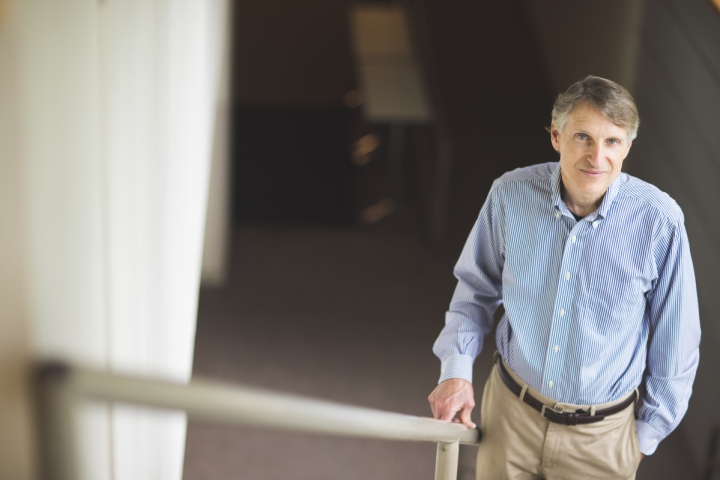As the Internal Revenue Service prepares a pilot program that would allow taxpayers to electronically file their returns for free directly on the IRS website, government and academic researchers, including Dartmouth’s Bruce Sacerdote ’90, are looking at ways to make filing even easier.
Sacerdote, the Richard S. Braddock 1963 Professor in Economics, and his co-authors are investigating the viability of automatically filling in taxpayers’ information from, for example, their W-2 and 1099 forms, when they access their electronic return on the government website. The working paper, Automatic Tax Filing: Simulating a Pre-Populated Form 1040, was published in the National Bureau of Economic Research in 2022 and revised in May.
“This is not an implementation plan, but it’s research to help inform us on how closely pre-populated returns could mirror taxpayer-reported returns and for whom,” says Sacerdote, stressing that the research was purely academic and not conducted at the direction of the Department of Treasury or the federal government in general.
“I’m excited about this because I spend a lot of time doing my taxes and I don’t get a lot of joy out of it, though it does educate me about certain aspects of the tax code that I hadn’t thought about enough. I think most Americans like it even less than me. For me it’s a fascinating thought experiment to dig into this,” says Sacerdote, who has previously studied such issues as the growth of U.S. wages and consumption, the effects of college coaching for high school seniors, and long-term outcomes for students who had to evacuate because of Hurricane Katrina.
In the paper’s conclusion, Sacerdote and his co-authors from the U.S. Department of the Treasury and the Department of Agriculture found that “tax returns can be pre-populated accurately for nearly half of taxpayers using existing information available to the IRS.”
While the paper notes that “implementation details are challenging,” Sacerdote says a system that pre-populates 1040 forms would still be a helpful start for taxpayers who might have more complicated returns.
“That 50% is a good headline number, but I would also add that there are lots of people who might save time from the pre-population even if pre-population alone doesn’t do all the work,” he says.
A number of other countries, including Germany and Spain, have systems by which the national government notifies taxpayers electronically that their pre-populated forms are ready, and they can log on, see the form that is already filled out, make corrections as needed, and submit the return on the site.
“Seventy percent of taxpayers in Spain received pre-filled tax forms, and half of the time they did not make any changes,” Sacerdote says.
A similar system was in use for California state taxes, but was discontinued. News accounts suggested that the tax preparation industry opposed the CA ReadyReturn.
Sacerdote says his research did not investigate the tax preparation industry’s response, but he noted in general that innovations seen as a threat to business can often turn out to be helpful.
“I have no strong feeling on what the industry might think about this, but I would point out that this could actually benefit the tax preparation business. Sometimes things that you think are a replacement for industry are actually a complement to what they’re doing because it makes everybody’s job easier.”
The paper is conditionally accepted for publication in the National Tax Journal.
“It’s one of the projects I’m most excited about over the last 10 years,” he says. “Americans spend 1.7 billion hours a year on tax preparation. We’re providing new data to policymakers on how pre-population might work and whether the U.S. could do something that resembles what other countries do.”
